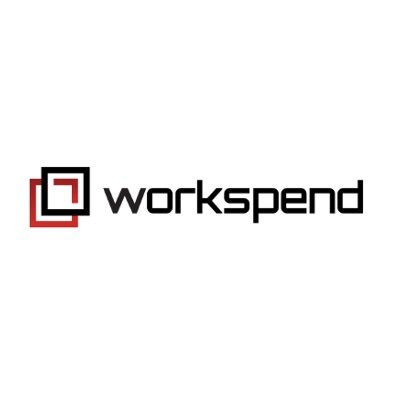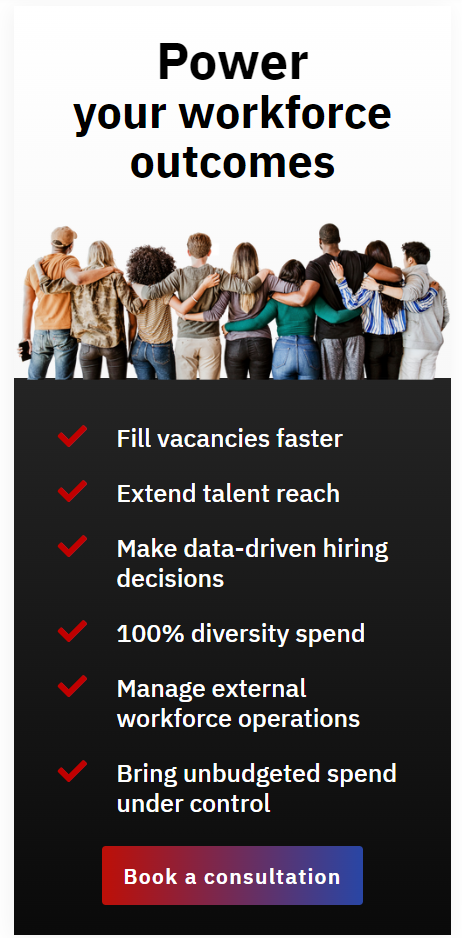SLAs and KPIs: How to Optimize Measuring MSP Success
The modern workforce is increasingly dependent on contingent talent, making effective contingent workforce management of temporary staff a top priority for many organizations. A Managed Service Provider (MSP) is often brought in to streamline this process, but companies frequently struggle to evaluate whether the partnership is delivering measurable value. The challenge lies in the lack of a clear, standardized approach to Measuring MSP Success. Without the right structure, tracking outcomes becomes reactive, inconsistent, and difficult to scale.
Service Level Agreements (SLAs) and Key Performance Indicators (KPIs) are two essential tools that allow organizations to consistently evaluate MSP performance. Each serves a different purpose, but both are required to build a reliable framework for accountability, visibility, and continuous improvement. When combined, they offer a complete picture of Measuring MSP Success—ensuring the partnership delivers real, trackable impact across all aspects of contingent workforce management.
In fact, according to Gartner, MSPs that implemented structured SLA and KPI frameworks reduced client churn by 25% over a two-year span—an outcome clearly tied to more transparent and consistent performance monitoring.
Understanding Service Level Agreements
A Service Level Agreement is the contractual framework that defines what the MSP commits to deliver. It outlines services, expected standards, reporting cadence, and escalation procedures. The SLA brings clarity and structure to the relationship, covering areas such as sourcing timelines, onboarding processes, payroll accuracy, and compliance monitoring. It also sets expectations around things like response times and issue resolution windows. Well-defined SLAs prevent ambiguity and create a legally binding foundation that ensures accountability for all parties involved.
Key Performance Indicators Drive Success
While SLAs set the contractual baseline, Key Performance Indicators are the actual metrics that reflect how well an MSP is delivering against that baseline. KPIs give a live view of program performance. They include data points like cost savings, time-to-fill, candidate quality, contractor compliance, and stakeholder satisfaction. These indicators track not just if work is being completed, but how effectively and efficiently it’s done. KPIs are flexible by design, making them a powerful tool for identifying opportunities, spotting inefficiencies, and optimizing future strategies.
Many KPIs also fall outside the direct scope of an SLA, offering even more insight. For instance, an SLA might set a target time-to-fill, while a related KPI tracks actual average time-to-fill across different roles. These metrics allow businesses to continually refine their contingent workforce management approach, using data to stay aligned with shifting goals and market conditions. In doing so, organizations move from vague assumptions to evidence-based improvements—one of the key steps in effectively measuring MSP success.
How SLAs and KPIs Work Together
The real strength comes when SLAs and KPIs are used together. SLAs define what’s expected, while KPIs prove whether those expectations are being met. This combination is essential to measuring MSP success. It makes performance reviews concrete and strategic, not just procedural. If an SLA specifies a three-day turnaround for onboarding, KPIs show whether that standard is being met across all placements, over time, and under different conditions. Deviations surface quickly, prompting action.
The combined use of SLAs and KPIs transforms vendor management from reactive to proactive. KPIs can drive adjustments to SLAs based on real performance data, helping ensure the framework remains relevant as business priorities evolve. It also fosters transparency and trust. Clients know how well their program is functioning, and MSPs have the data they need to continuously improve. This continuous feedback loop is at the core of high-performing contingent workforce management strategies.
Best Practices for Effective Measurement
To realize the full potential of this framework, organizations must do more than define SLAs and KPIs—they must actively manage them. Start with clarity. Every stakeholder should understand what each SLA and KPI measures, why it matters, and how it’s calculated. Use historical data to establish baselines, then benchmark against industry norms or internal targets. Reviews should be scheduled regularly and treated as working sessions, where findings lead directly to action.
As conditions change, SLAs and KPIs must be revisited. Business goals evolve, and your performance metrics should evolve too. Flexibility is a strength—not a flaw—in any modern contingent workforce management program. Just as important is the technology used to track and report performance. A reliable analytics platform turns raw data into actionable insights that support faster, smarter decision-making. This digital infrastructure is often the difference between reporting performance and truly measuring MSP success.
What to Look for in an MSP Partner
Choosing the right MSP starts with understanding how they approach performance measurement. The best partners treat SLAs and KPIs as core elements of their service—not check-the-box deliverables. They collaborate to create tailored Service Level Agreements that reflect your business priorities. They offer in-depth KPI tracking tools that go beyond surface-level dashboards to deliver real insight into program health and areas for improvement.
At Workspend, we take performance measurement seriously. We’ve built our proprietary Workspend Reporting & Analytics Platform (WRAP) to give clients complete, real-time visibility into every aspect of their contingent workforce management program. WRAP is designed to do more than track metrics—it actively ensures SLA compliance and drives continuous improvement across cost management, compliance, talent quality, and operational efficiency. Our approach helps organizations move beyond basic reporting and use data as a strategic tool to make better decisions and achieve measurable results. This is the standard we believe every MSP should meet.
Conclusion
In summary, carefully created SLAs and diligently tracked KPIs are far more than just administrative tasks. They are critical for any organization partnering with an MSP. By fully using these essential measurement tools, organizations can ensure clear accountability, drive continuous improvement, and ultimately unlock the full potential of their contingent workforce management strategy. This process is key to measuring MSP success.
Want to get a better understanding of your contingent workforce program’s performance? Contact Workspend today for a free discovery assessment to see how robust measurement can transform your results.
You may also like:
How to Define and Choose the Right MSP Service Offerings for Your Business
Published : April 4th 2025How to Define and Choose the Right MSP Service Offerings for Your Business Thinking about a Managed Service Provider (MSP)? It’s a single partner that tackles your contingent workforce, manages staffing vendors, and gets the right people into...
AI Should Augment Human Intelligence, Not Replace It
Will smart machines replace human workers? How human intelligence can work with artificial intelligence to produce augmented intelligence.
Can an MSP Deliver Workforce Cost Savings? (Spoiler: Yes!)
MSPs offer structured, data-driven ways to cut overhead costs without sacrificing quality or flexibility, tackling everything from consolidation to compliance.
Power your workforce
outcomes with a diversity MSP






